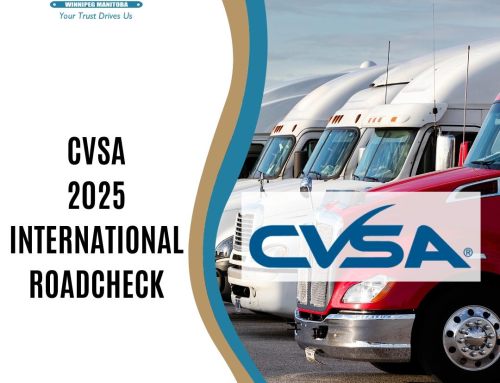
What is an RRSP?
A registered Retirement Savings Plan (RRSP) is a personal savings plan registered with the Canadian federal government. It allows you to save for retirement on a tax-sheltered basis. It is an investment portfolio that can include: RRSP Savings deposits, treasury bills, guaranteed investment certificates (GICs), mutual funds, bonds, and even equities.
What are the benefits of an RRSP?
The main benefit, and of course the purpose, of contributing to an RRSP is to set aside money for your retirement. With this come the added tax benefits.
The next benefit is Tax-Deferred Growth. Any profits made on investments within an RRSP account in the form of interest, dividends, or capital gains are not immediately taxable to you as income. RRSP investors do have to pay taxes on the profits, but this doesn’t occur until the funds are withdrawn.
The third tax benefit is a tax credit. Contributions made to an RRSP, which can be made up to a certain yearly limit, will reduce your taxable income by the amount you contribute, up to a certain point.
For example:
If Bob makes $55,000, the maximum amount the government will allow him to contribute to his RRSP is 18% of his earned income. ($55,000 x .18 = $9,900). Should Bob contribute this amount to his RRSP account he will receive a tax credit in the amount of $9,900. This means that Bob would only have to pay tax on $45,100 of his income. ($55,000 – $9,900 = $45,100).
To make the most effective use of your RRSP, there are several things you can do:
- Depending on the type of investment, you can either contribute to your RRSP early in the year (for fixed income investments) or at regular intervals throughout the year (for most mutual funds) rather than at the end of the contribution year. —that way, you can benefit from income sheltering and dollar cost averaging (for investments that fluctuate in value).
- If you make regular contributions to an RRSP, consider applying to have your income tax withholdings reduced on your paycheque. This will improve your monthly cash flow. To do this, simply submit Form T1213 to the CRA for authorization. Once authorized, your employer will be able to reduce the amount of taxes withheld from your pay.
- Pay your RRSP administration fee directly instead of from inside your RRSP—this helps maintain capital in your plan, allowing it to grow on a tax-deferred basis.
- You don’t need to deduct your contribution in the year it’s made. If you’re expecting to be in a higher tax bracket in the future, consider delaying your deduction until that time—you’ll receive a larger tax savings if the deduction is taken when you’re in a higher tax bracket.
- Consider filing tax returns for children or other low- income earners to create contribution room that can be used in the future.
To find out more about RRSP contributions, or other investments you can make for your retirement speak to one of your investment bankers at your local branch. They will be more than happy to answer any of your questions and get you set up with the best investment options available for you.





